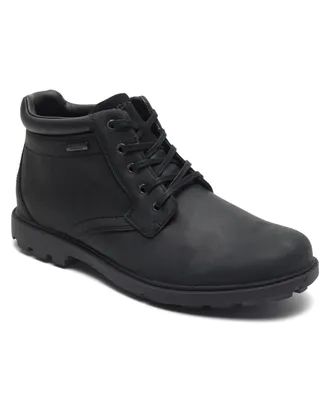Home
Storm Surge Forecasting and Future Projection Practice: Scope of Application Empirical Typhoon Models
Loading Inventory...
Barnes and Noble
Storm Surge Forecasting and Future Projection Practice: Scope of Application Empirical Typhoon Models
Current price: $66.99


Barnes and Noble
Storm Surge Forecasting and Future Projection Practice: Scope of Application Empirical Typhoon Models
Current price: $66.99
Loading Inventory...
Size: Hardcover
*Product Information may vary - to confirm product availability, pricing, and additional information please contact Barnes and Noble
This accessible shortform book describes storm surge forecasting to enable port managers and practitioners to forecast these and mitigate their effects. This is particularly useful as global warming increases the severity of typhoons, particularly windstorms and storm surge disasters, globally.
The authors first summarize the current status of typhoons and storm surges in practice. They also present a combination of the latest findings at the research level and at the practical level. Throughout the book, the authors carefully explain the use and limitations of empirical typhoon models that practitioners should learn from, including statistical, numerical, probabilistic, data-driven and coastal vulnerability models. They also explore artificial neural networks and convolutional neural networks and their use in such models. Finally, the book describes the potential for further development of empirical typhoon models (such as future climate experiments).
This book is a vital resource that enables port managers to make effective and informed decisions when conducting storm surge forecasting in practice. It also contains useful insights for civil engineering students, especially those studying coastal engineering.
The authors first summarize the current status of typhoons and storm surges in practice. They also present a combination of the latest findings at the research level and at the practical level. Throughout the book, the authors carefully explain the use and limitations of empirical typhoon models that practitioners should learn from, including statistical, numerical, probabilistic, data-driven and coastal vulnerability models. They also explore artificial neural networks and convolutional neural networks and their use in such models. Finally, the book describes the potential for further development of empirical typhoon models (such as future climate experiments).
This book is a vital resource that enables port managers to make effective and informed decisions when conducting storm surge forecasting in practice. It also contains useful insights for civil engineering students, especially those studying coastal engineering.


















